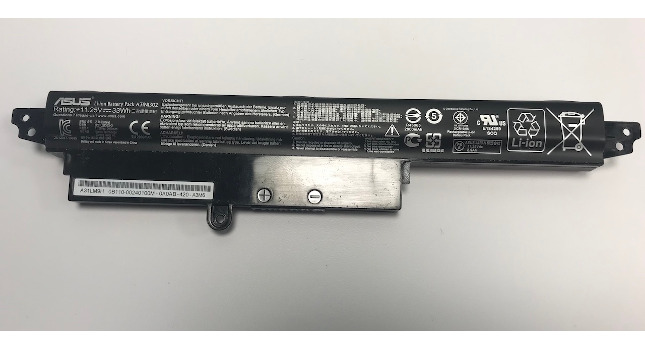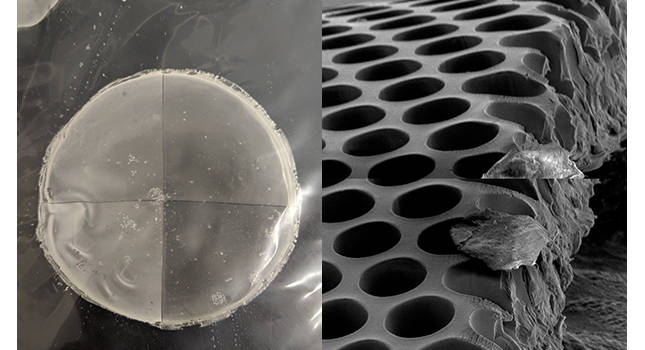Leading index jumps above 50 threshold for first time in 18 months, signaling pending improvement
The long-awaited recovery in the manufacturing sector may be clearly in sight, according to the quarterly Manufacturers Alliance/MAPI Survey on the Business Outlook for December 2009, a leading indicator for the industrial sector. The December 2009 composite index rose to 57% from 38% reported in the September 2009 report, representing the highest level since the March 2008 survey also registered 57%, and the first time in six quarters it has reached 50% or above.
At its current level, the index indicates that overall manufacturing activity is expected to grow over the next three to six months. It should also be noted that the index measures the direction of change rather than the absolute strength of activity in manufacturing.
"Since many of the indexes are based on comparisons with activity in the fourth quarter of 2008, during which manufacturing sector activity had taken a sharp downward turn, the improvement in the composite index is not, by itself, evidence of a meaningful recovery," said Donald A. Norman, Ph.D., MAPI economist and survey coordinator. "The extent to which the individual indexes improved, however, along with the significant increases in the forward looking annual orders and investment indexes, provide the strongest indication to date that the manufacturing sector is on the upswing."
While a variety of individual indexes are included in the survey, the business outlook index is a weighted sum of U.S. shipments, backlogs, inventories, and profit margin indexes. Eleven of 12 individual indexes showed improvement, including 10 by double digits.
Two components showed impressive 31-percentage point gains.
The quarterly orders index, based on forecasts for the fourth quarter of 2009 with the same quarter one year ago, rose to 42% from 11% in the previous survey. The non-U.S. prospective shipments index, which measures expectations for shipments abroad by foreign affiliates of U.S. firms in the first quarter of 2010 compared to the same quarter of 2009, jumped to 64% from 33%.
The U.S. prospective shipments index, which similarly reflects expectations for first quarter 2010 shipments compared with the first quarter of 2009, improved to 59% in the December survey compared to 30% in the September report. The export orders index, which compares fourth quarter 2009 exports with those of fourth quarter 2008, increased to 47% in December from 19% in the September survey.
The backlogs index, which compares the fourth quarter 2009 backlog of orders with the backlog of orders one year earlier, rose to 36% from 16% in the September survey. An accumulation of backlogs usually occurs when new orders exceed shipments.
The U.S. investment index, which queried executives on their expectations regarding capital investment in 2010, was 66%, up from 47%, indicating increased domestic investment this year. The non-U.S. investment index provides insight into expectations regarding capital expenditures abroad. The December 2009 index was 68%, a solid improvement over the 52% recorded in September, indicating a significant number of respondent companies are anticipating capital spending growth outside the United States.
The research and development index asked survey participants for their insights regarding R&D spending in 2010 compared to 2009. The R&D index was 66%, well above the 49% in the previous survey.
The annual orders index, based on a comparison of expected orders for all of 2010 with orders in 2009, was an impressive 80% in December compared to 66% in September. The profit margin index increased to 38% in December from 22% in the September report, a solid improvement but still remaining under 50%.
The inventory index is based on a comparison of inventory levels in the fourth quarter of 2009 with those of one year prior. It increased to 8% in December from a record low of 7% in September. This remains a positive sign indicating that manufacturers will need to increase production for restocking purposes and for new orders.
The capacity utilization index, based on the percentage of firms operating above 85% of capacity, was the lone index to decrease, dropping to 7% in the current survey from 8.4% in the previous survey. On a more positive note, though, the percentage of firms operating below 75% of capacity fell to 52.6% from 56.7%.



